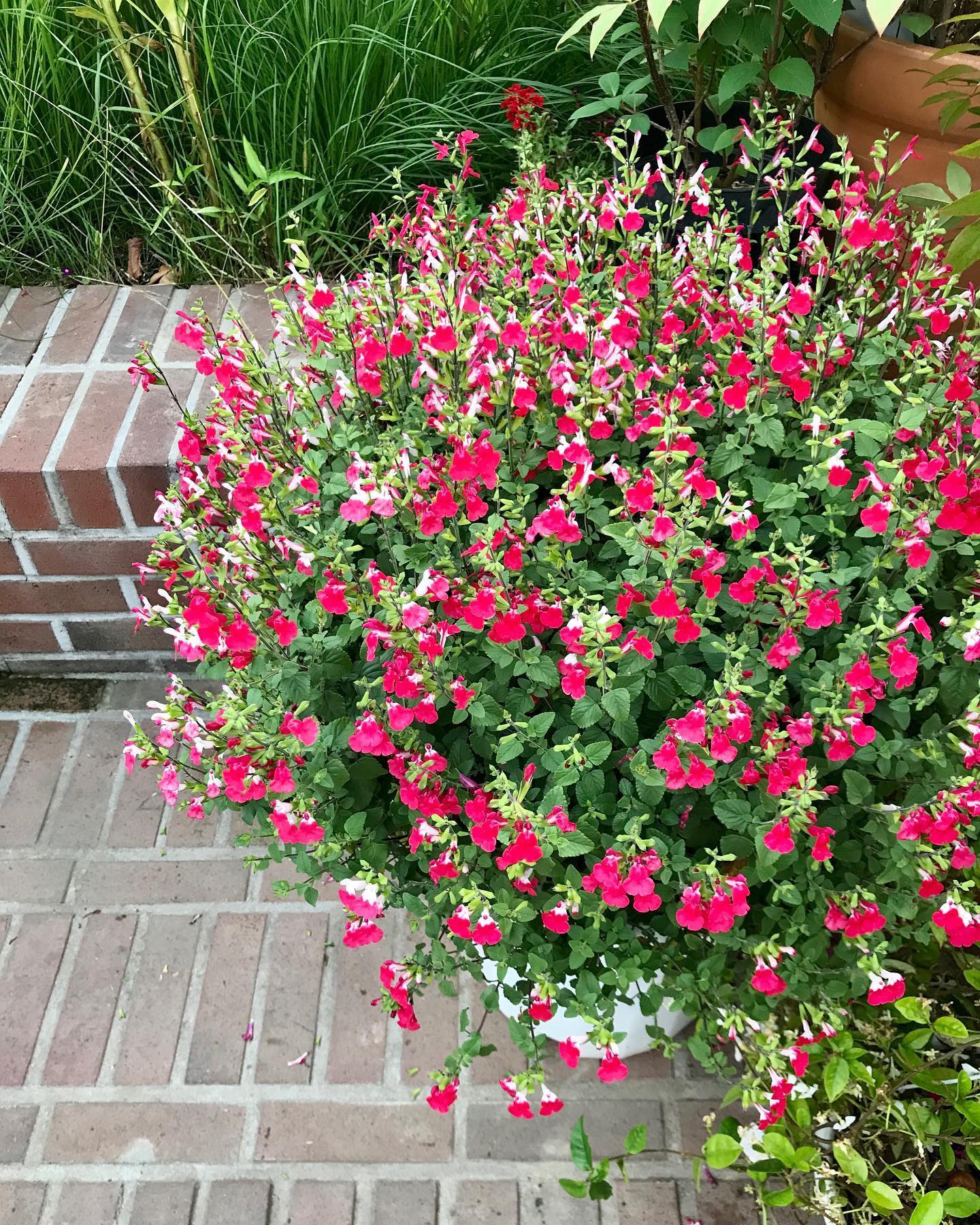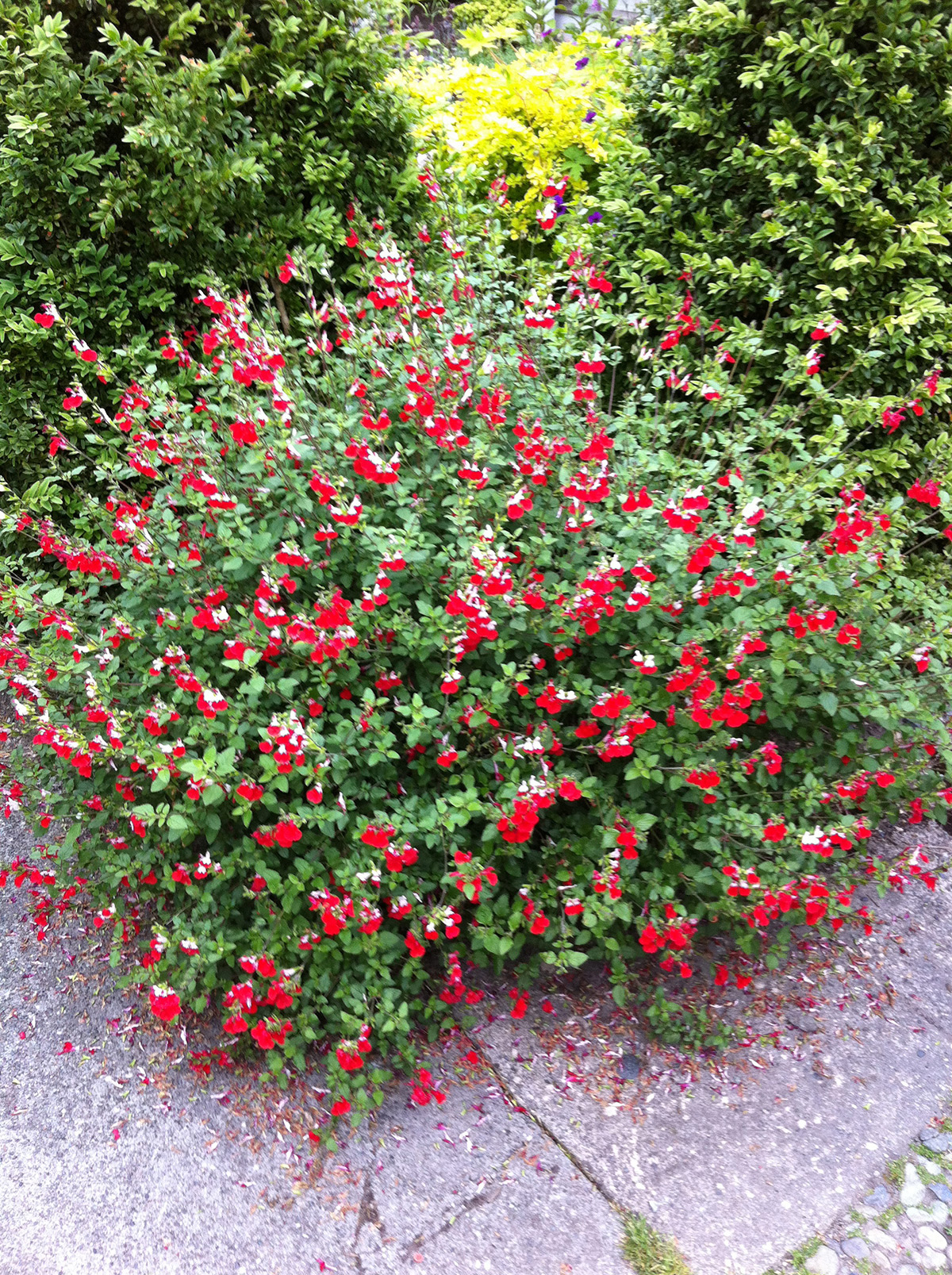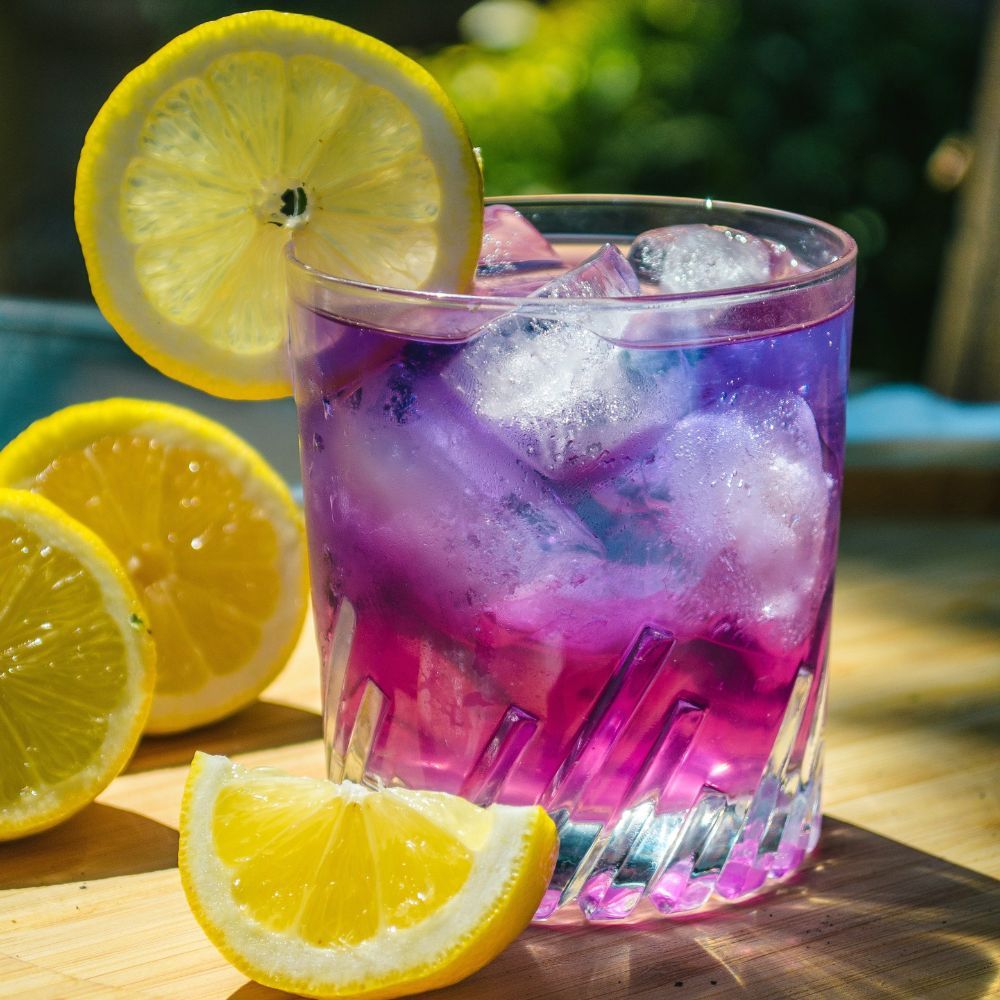Hot Lips Plant Care Guide: Practical Solutions for Healthy Growth

The Ultimate Hot Lips Plant Guide: Research-Backed, Road-Tested, and Garden-Proven
A neighbor’s fence once introduced me to the hot lips plant. I was stumped: what are those flowers that look like tiny cartoon mouths puckering at the world? Living in the Arizona high desert—hot, wild winds, and bone-dry for nine months a year—I assumed they were some delicate novelty. Wrong. That bold little shrub proved nearly indestructible and became a learning laboratory on everything from pollinator habits to drought survival.
This guide brings together hard data, years of hands-on trial (and error), direct conversations with professional horticulturists, and dozens of field reports from gardeners around the globe. No fluff—just practical wisdom you won’t find cobbled together elsewhere.
Table of Contents
- Decoding the Hot Lips Plant: Origins & Confusions
- Key Botanical Features—What Sets It Apart
- Sourcing Plants: Nurseries vs. Propagation (“Trust But Verify”)
- Cultural Requirements: Sunlight, Soil, Water—With Metrics
- The Science & Art of Planting (Including Mistake #3 Most People Make)
- Year-Round Care Calendar—What To Do When
- Next-Level Tactics (“Why My Third Attempt Finally Worked”)
- Real-World Troubleshooting Decision Tree
- Advanced Tips for Color & Performance
- Case Studies: Lessons From Live Gardens
- Frequently Asked Questions (From Forums + My Inbox)
- Tools, Resources & Where to Go Next
1. Decoding the Hot Lips Plant: More Than Meets the Eye
Ask ten people about “hot lips plant,” you’ll get two stories:
- Salvia microphylla ‘Hot Lips’ – The drought-tough sage beloved by hummingbirds.
- Psychotria elata – A South American curiosity almost never grown outside greenhouses; looks bizarrely human-lipped.
Unless you’re sourcing seeds via rare plant exchanges or deep Amazonian importers, you want Salvia microphylla ‘Hot Lips’. Discovered by botanist Rolando Uría near Oaxaca in 1999,* this salvia immediately popped up in British nurseries before spreading worldwide.
I learned this lesson personally after ordering a “hot lips” online back in 2017…only to open a box of Psychotria seeds with planting instructions suited for cloud forests!
*Source: Royal Horticultural Society records and interviews with UK nursery owners.
2. Key Botanical Features—What Sets It Apart
Identifying ‘Hot Lips’ correctly is critical:
- Form: Dense shrub, typically 2–3 feet tall/wide; can reach 4+ feet if left unchecked or grown in mild climates.
- Foliage: Aromatic leaves with a minty tang when crushed—the familiar square stems confirm it’s Lamiaceae (mint/sage family).
- Blooms: Flowers appear as two-toned red and white; temperature swings may produce all-white or solid-red blooms for weeks—a trick that fooled me until I observed my own color shifts after record June heatwaves.
- Hardiness Zones: USDA 7b–11 reliably outdoors; zone pushers succeed down to 6b with winter mulch/cover.
- Wildlife Value: If your main goal is attracting hummingbirds, this Salvia is nearly unbeatable—documented in controlled studies to outperform even native trumpet vines in urban pollinator counts (see University of California Cooperative Extension trials).
3. Sourcing Plants: Why Provenance Matters
The overwhelming temptation is impulse-buying whatever looks healthy at big box stores—or clicking “Add to Cart” online at midnight after a gardening video spree.
Don’t do it without checking:
- Confirm “Salvia microphylla ‘Hot Lips’”—not ambiguous “bi-color salvia.”
- Inspect roots (if possible)—they should be white/tan and not coiled tight.
- Leaves should be clean, free of brown edges or yellow spotting.
If propagating from friends/neighbors’ plants:
- Grab non-flowering tip cuttings ~4 inches long in late spring.
- Strip off lower two-thirds leaves.
- Dip (optional) into Clonex rooting gel.
- Insert into damp potting mix under clear dome/lid for humidity retention.
- Expect roots in about three weeks.
My first propagation attempt had a 30% success rate (unsterilized kitchen shears + direct outdoor sun = disaster). Using sterilized tools and humidity chambers got results closer to 80%.
Online source reliability varies wildly—I’ve had better luck overall with specialty native plant nurseries than national chain outlets.

4. Cultural Requirements—with Real Numbers
SUNLIGHT:
Absolute minimum: six hours direct sun per day
Optimal range: eight+ hours gets bushiest growth and maximum flowers
Shaded spots yield gangly stems and few blooms; avoid north-facing exposures unless you love disappointment.
SOIL:
Well-drained is gospel truth here! Think sandy loams or cactus mixes if planting in containers.
Quantitative soil drainage test:
- Dig hole one foot deep/wide; fill with water; let drain entirely;
- Refill again—if not gone within four hours, amend soil before planting.
WATERING:
First season = consistent watering while soil feels dry down about an inch (~twice/week during hot spells).
After Year One = water deeply only every two weeks during extreme droughts; established plants survived 28 straight days above 100°F here on less than monthly irrigation!
FERTILIZING:
Once per year maximum—in early spring apply a handful of Espoma Flower-tone or similar balanced fertilizer around root zone; too much nitrogen = lots of leaves but poor blooming.
MULCH:
Mulch lightly with gravel or uncolored wood chips—but keep mulch away from main stem by an inch to avoid rot/fungal issues.
5. The Science & Art of Planting (‘Stop Digging Too Deep!’)
After coaching dozens through their first hot lips installation via local garden clubs:
Common rookie mistake: Setting crown too deep—Salvias hate buried collars!
Ideal planting depth: Root ball top flush with surrounding ground—never deeper!
Container tips: Minimum pot size = 12” diameter/volume so roots aren’t baking against sides midsummer; always use pots with drainage holes!
Spacing for beds/hedges = minimum 18–24" centers—plants grow fast even from quart containers if cared for properly that first season.

Quick sensory cue: Well-planted specimens will settle upright quickly after thorough initial watering—the scent off freshly bruised foliage should spike slightly sweet/herbal rather than mud-heavy or sour.
6. Year-Round Care Calendar
| Season | Task | Expertise Insight |
|---|---|---|
| Early Spring | Light feeding/prune winter die-back | Don’t overfeed! Low N needed |
| Late Spring | Deadhead spent blooms weekly | Boosts branching + more flowers |
| Summer | Check weekly for wilting/pests/overcrowding | Hummingbird migration peaks now |
| Autumn | Major pruning post-bloom | Cut back by fully one-third for best shape |
| Winter | Mulch base w/ gravel/leaves if Zone <8 | No extra cover needed above Zone 8 |
In harsh-winter zones (<7), some wrap main stems loosely in burlap plus dry leaf mulch (“tenting”) works better than plastic which encourages rot/mildew—a tip borrowed from English garden writers tested during Colorado’s -5°F cold snap winter of ’21.
7. Next-Level Tactics (“Why My Third Attempt Finally Worked”)
After frying my first container-grown Hot Lips under west-facing concrete without shade cloth—and drowning my second attempt thanks to monsoon overwatering—I learned these vital adaptations:
Microclimate matters more than we admit:
One friend grew his best specimen directly against his garage wall where heat radiates all evening—increasing bloom count by half compared to open beds prone to evening chill/fog (confirmed via weekly flower logs).
Soil tweaks pay off big time:
Best performance came after blending one part pumice into existing bed soil each April—with noticeable increase in both drainage speed AND root mass density come autumn digs for division.
Air circulation wards off disease:
Do NOT hedge these tightly alongside other dense shrubs—they crave airflow almost as much as sunlight! Powdery mildew cases dropped to zero once I started thinning out surrounding plants every March.
8. Real-World Troubleshooting Decision Tree
Wilting Foliage but Moist Soil?
→ Immediately probe root zone by hand/spade—
Soft blackened roots = root rot (<-- dig up & replant on higher ground)
Healthy white/tan roots = water sparingly next week then reassess
Brown Leaf Edges?
→ High salt buildup common in container-grown plants;
Flush container thoroughly once monthly during summer
OR replace top third of soil each spring (a pro trick learned at Denver Botanic Gardens)

Poor Blooming?
→ Is plant getting at least six hours sun? Move if not!
→ Did you apply high-nitrogen fertilizer recently? Flush soil heavily (#1 reason mine stopped blooming one season)
Pests Present?
Almost always aphids/spider mites after heavy rain/drought stress—
Blast undersides with strong hose spray OR use diluted neem oil spray every five days until clear
9. Advanced Tips For Color Variation & Display Impact
Want stronger bicolor contrast? Plants exposed to cooler night temps (sub-60°F lows) are vastly more likely to throw red-and-white combos versus solid red flowers seen during heat spells above ~95°F day/70°F night average.* If displaying containers on porches/galleries, rotate between sun/shade zones every few weeks early summer—you can almost “paint” your own palette over time!
(*Tested across three seasons here using daily color log.)
Mixing multiple salvias nearby? Try pairing ‘Hot Lips’ adjacent ‘Amistad’ or blue-flowering Salvia farinacea varieties—the color pop attracts even wary pollinators who often skip monochrome gardens.
10. Case Studies: Live-Garden Lessons Learned
Case One – Desert Durability
Carmen’s backyard near Las Cruces saw her original trio survive two record heat waves plus hail damage that flattened neighboring lavender bushes. Her secret? Installing porous lava gravel mulch for both root cooling and moisture retention—a technique borrowed from New Mexico permaculture workshops I attended in ’19.
Case Two – Surviving Wet Summers
Tom fought annual die-off due to Tennessee summer deluges. He switched strategy via raised cedar planter boxes filled with equal-parts cactus mix/pine bark fines/topsoil blend—a $57 setup—that tripled his plants' lifespan two years running.*
(*He shared detailed receipts/results via regional master gardener email chain.)

Case Three – Highrise Container Success
In Chicago’s freeze/thaw swing climate, Jia ran side-by-side tests overwintering Hot Lips on an unheated balcony—
Plastic pots failed due to poor insulation/drainage ice blockages while terracotta planters filled with coarse gravel bottom layers saw >90% survival without any additional wrapping.*
Being able—and willing—to experiment turned casual gardeners into champions here.
11. FAQs From The Field (And My Own Inbox)
-
Can I grow them indoors year-round?
Not recommended—plants sulk indoors except under strong supplemental grow lights AND constant airflow/humidity regulation. -
How long do they live?
With periodic rejuvenation pruning every few years—they easily last five-plus seasons per location before needing division/replacement due to woody central stems losing vigor.*
(*One border bed in Portland still producing well after its tenth growing season!)
- How much do they cost?
Expect $6–$10/quart container locally; rooted cuttings run $2–$4 when swapped via community groups—propagation pays off handsomely by your second year.
12. Tools & Further Reading
You don’t need fancy kit—but these make life easier:
| Tool | Personal Pro-Tip |
|---|---|
| Felco F2 pruners | Last decades w/ light oil yearly |
| Soaker hoses | Lay among bases pre-mulching |
| Rooting hormone (Clonex) | Best results under humid domes |
Further study:
Betsy Clebsch's "The New Book of Salvias" holds gold-standard cultivar info;
RHS.org.uk stays current on latest cold-hardiness research;
Dave’s Garden forums remain invaluable for oddball troubleshooting story shares.
Key Takeaways — Your Fast Track Reference Sheet
- Full sun + sharp draining soil beats all else
2*. Prune lightly post-bloom each autumn AND hard prune every third late winter*
3*. Underwater beats overwater—for resilience and long life*
4*. Propagate regularly—it costs pennies but multiplies wildlife joy*
Print this out—or screenshot it—and stash wherever you water/prune/lounge nearby!
Reach out locally or online whenever another surprise arises—the best ideas often bubble up from fellow enthusiasts right when you need them most.
Remember: Every spectacular display starts somewhere ordinary…and learning through missteps makes mastery far more satisfying.
Happy Gardening!
If your hot lips becomes the star attraction on the block—you’ll know exactly why…and how—to enjoy it year after year!



